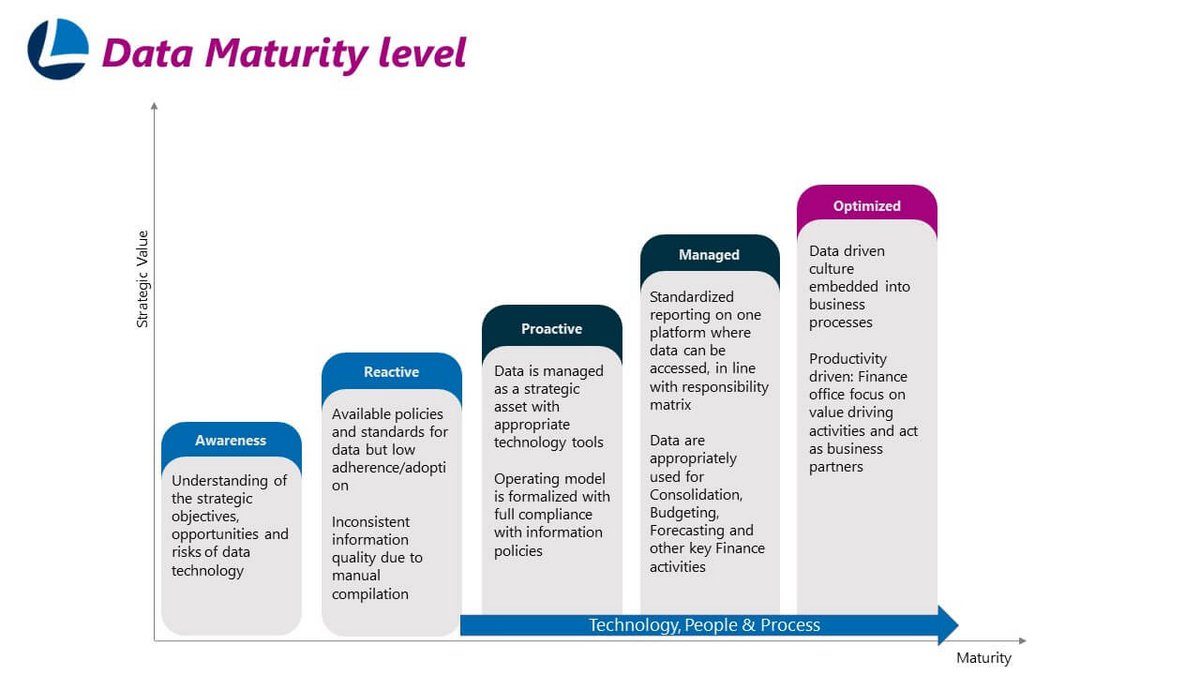1. A clear goal with prioritized objectives to implement Power BI
Power BI is an extremely powerful tool with endless possibilities. Ambitious CFOs and finance leaders often take a nose-dive into business intelligence projects in an attempt to analyze all sorts of data and automate every financial report possible. However, trying to achieve too much too fast will lead to eventual pitfalls.
Thus, the first question every finance leader should ask themselves is:
Why am I embarking on a BI project?
It is extremely important to find the true purpose to implementing Microsoft Power BI in your organization, and the eventual goals you would want to achieve. Business Intelligence tools may be the hot topic right now, but it is important to understand BI’s significance particularly to you and your organization, and not jump on the bandwagon.
Without a purpose and vision to your BI project, a big-bang approach that focuses on just the output of reports is both resource intensive and may not be scalable enough to adapt to prospective changes in reporting requirements. Additionally, you may place the project team at risk of change fatigue. These are undesirable consequences that could further strain your resources and lengthen your implementation timeline.
Instead, bear in mind that ‘less is more'. Goals should be reframed to build the foundation that pave the success to your vision. In this case, the goal should be a big picture where scalable objectives can be built within it. It is important to keep things simple. One such goal could be to build a data-driven culture – to prioritize using data to make decisions. This incorporates small successes to gain competencies while avoiding change fatigue.
Who are the beneficiaries of starting a Power BI project?
It is also important to understand who the eventual beneficiaries of your Microsoft Power BI project will be. How will the implementation of Power BI serve their needs? Try wearing the lens of the board members, internal and external stakeholders to envision how financial information should be consumed in the future and think beyond how your reports are currently being consumed. This way, you will be able to have a clearer view of what your Power BI dashboards and reports should look like, allowing you to effectively build and prioritize your project goals.
Like every other digital initiative, you will need a goal that is specific and time bound for stakeholders to work towards. The goal also needs to be measurable, with key indicators to define the success and effectiveness of ongoing efforts. This is the most important step that you will want to dedicate time to because the project will be centered among these objectives.
One way to get started is to interview your finance team to get the whole picture. Your team would be in the best position to feedback on your current constraints and requirements to map out a viable plan, at the pace of your organization’s learning curve.
2. Data maturity level assessment – Are you ready for Power BI implementation?
Another question to ask yourself is: Am I ready for to start a Microsoft Power BI project? CFOs often want to implement Power BI but fail to consider what lays the foundation, and what the prerequisite or priming conditions are. The heart of Power BI lies in the data and as the common saying goes: ‘garbage in, garbage out’. Ensuring that good quality data goes in is as important as every other step of the implementation process.
Here are some key questions to ponder:
- Is my company and its data ready to implement Power BI?
- Does our organization commit to a process to ensure data is accurate, standardized, complete and up to date?
- Do we have what it takes to implement Power BI?
- What are the priming conditions necessary to help my team transition smoothly?
Start by engaging and expert to reviewing your existing finance processes. If organized internally, ensure that the selected individual or team has the authority and sufficient mandate to drive the process assessment. In our course of experience, the success of a project is often highly reliant on commitment from the management. This similarly applies if you hire an external expert.



